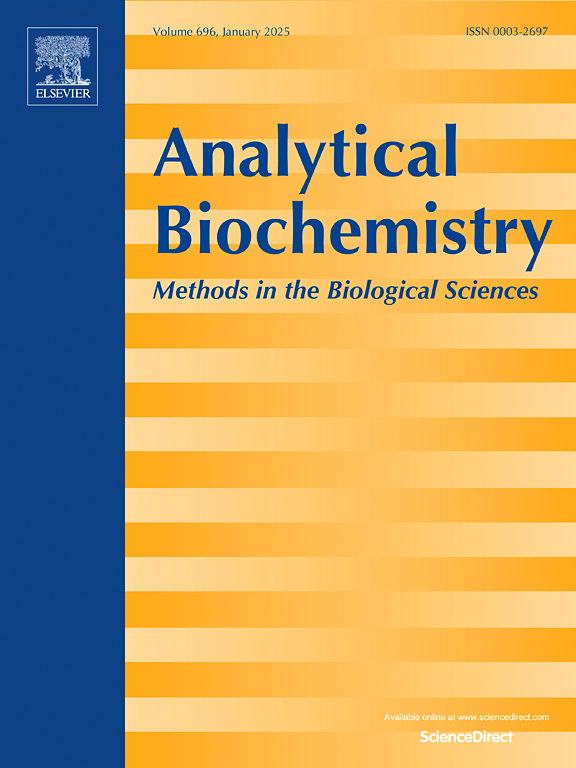Advances in biosensors: A breakthrough in rapid and precise brucellosis detection
IF 2.6
4区 生物学
Q2 BIOCHEMICAL RESEARCH METHODS
引用次数: 0
Abstract
Brucellosis, a significant zoonotic disease, poses a threat to both livestock and human health. Infections in livestock lead to abortion, infertility, and substantial economic losses in the industry. In humans, acute brucellosis can progress to a chronic condition, resulting in multisystemic infections with high morbidity and mortality rates. Additionally, the bioterrorism potential of certain Brucella species through aerosol transmission poses risks to laboratory workers and livestock handlers. Therefore, there is an urgent need for rapid and precise diagnosis of brucellosis in both animals and humans. Even with the availability of routine diagnostic techniques that are effective they frequently have some limitations. Biosensors, as innovative techniques, have demonstrated significant potential in detecting various pathogens with high efficiency. These biosensors can identify specific analytes, biomolecules of pathogenic bacteria, secreted antibodies against bacteria, and even the bacterial body in real time. Their high sensitivity, selectivity, and user-friendly configurations make them valuable tools for diagnostics. In this comprehensive review, beside the reviewing routine diagnostic tests for detecting brucellosis and discussing the positive and negative aspects of these methods, we explore different types of biosensors and their applications in diagnosing brucellosis. We hope to show how these advancements can result in quicker and more precise disease detection by offering a thorough evaluation of these technologies performance and contrasting it with more conventional diagnostic techniques. This improves patient outcomes by lowering the complications linked to delayed diagnosis in addition to advancing scientific knowledge of brucellosis.

求助全文
约1分钟内获得全文
求助全文
来源期刊

Analytical biochemistry
生物-分析化学
CiteScore
5.70
自引率
0.00%
发文量
283
审稿时长
44 days
期刊介绍:
The journal''s title Analytical Biochemistry: Methods in the Biological Sciences declares its broad scope: methods for the basic biological sciences that include biochemistry, molecular genetics, cell biology, proteomics, immunology, bioinformatics and wherever the frontiers of research take the field.
The emphasis is on methods from the strictly analytical to the more preparative that would include novel approaches to protein purification as well as improvements in cell and organ culture. The actual techniques are equally inclusive ranging from aptamers to zymology.
The journal has been particularly active in:
-Analytical techniques for biological molecules-
Aptamer selection and utilization-
Biosensors-
Chromatography-
Cloning, sequencing and mutagenesis-
Electrochemical methods-
Electrophoresis-
Enzyme characterization methods-
Immunological approaches-
Mass spectrometry of proteins and nucleic acids-
Metabolomics-
Nano level techniques-
Optical spectroscopy in all its forms.
The journal is reluctant to include most drug and strictly clinical studies as there are more suitable publication platforms for these types of papers.
 求助内容:
求助内容: 应助结果提醒方式:
应助结果提醒方式:


